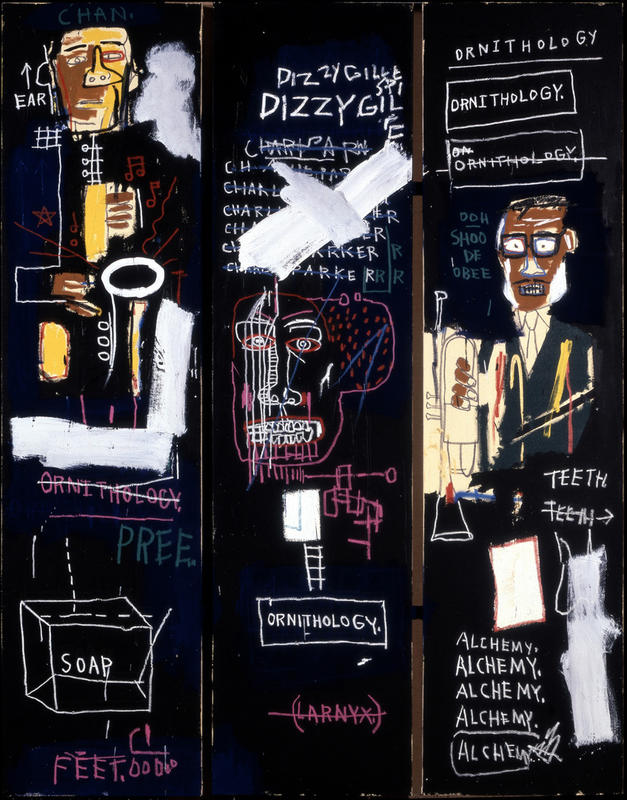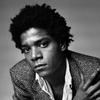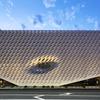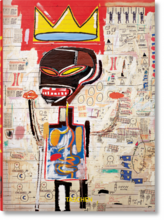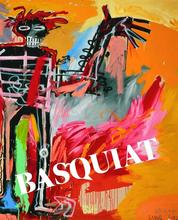More about Horn Players
- All
- Info
- Shop

Contributor
Horn Players by Jean-Michel Basquiat is a tribute to two of the most influential jazz musicians of the 20th century: Dizzy Gillespie and Charlie Parker.
Dizzy Gillespie and Charlie Parker were to music what Basquiat was to contemporary painting so it only makes sense that he would honor them in one of his artworks. The piece-by-piece breakdown of this triptych is the following: Charlie Parker is on the left with his alto sax. You can tell he’s good because of the little music notes and stars coming out of the top of the instrument. You could also just turn on any jazz station, which is likely to be playing his music, and listen for yourself. You don’t have to know jazz to know that you could never create a sound like that. Underneath him is the word, “ornithology,” which is the study of birds. This is not as random as you might think, however. Ornithology is a reference to Parker’s nickname, “bird” which inspired the name for his famous jazz standard, Ornithology. If you’re somehow doubting that this is Charlie Parker, “the words “PREE” and “CHAN” that we see written above and below the saxophonist’s portrait” should be a dead giveaway as they “refer to Parker’s daughter and common-law wife, respectively.”
The next panel doesn’t display any one musician, but features each of the musicians’ names along with a skull. Is it another musician? Is it Basquiat himself? We don’t know, but it’s hypothesized that this piece was inspired by Picasso’s painting, Three Musicians. You can see this in the center panel of the piece especially because of the big ass lower jaw of the skull, which mirrored the big ass lower jaw of the center musician in Three Musicians. Basquiat was, in fact, referred to as “The Black Picasso,” which is a very not okay nickname. Basquiat did change the painting game to the same caliber as Picasso, but that doesn’t mean that nickname is at all fine.
Lastly, the third panel is of the legend Dizzy Gillespie with his legendary trumpet. Ornithology is mentioned a few more times along with a little “OOH SHOO DE OBEE,” probably a reference to bebop/scat, and the words, “TEETH” and “ALCHEMY,” which is pretty confusing. It has been suggested that the painting "shows the relationship between his improvisational style of painting and the alchemy of jazz composition,” something Basquiat understood as a jazz lover/musician in his own right. Basically this painting is the visual manifestation of jazz music, which is definitely only something that Jean-Michel Basquiat could pull off.
Sources
- Basquiat Documentary. United States: Pelé 173, 2018. DVD.
- Davis, Tamra. Jean-Michel Basquiat: The Radiant Child. United States: Curiously Bright Entertainment, 2010. Video.
- "Horn Players | The Broad." Thebroad.org. Web. 2 May 2018.
- Saggese, Jordana Moore. "Basquiat, Horn Players." Khan Academy. Web. 2 May 2018.

